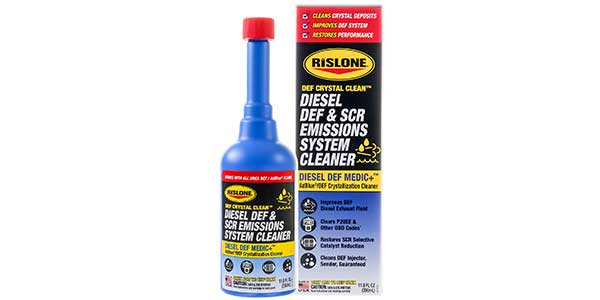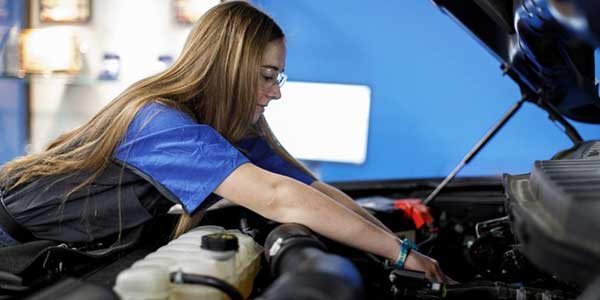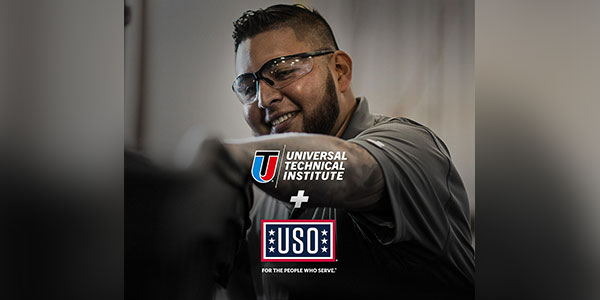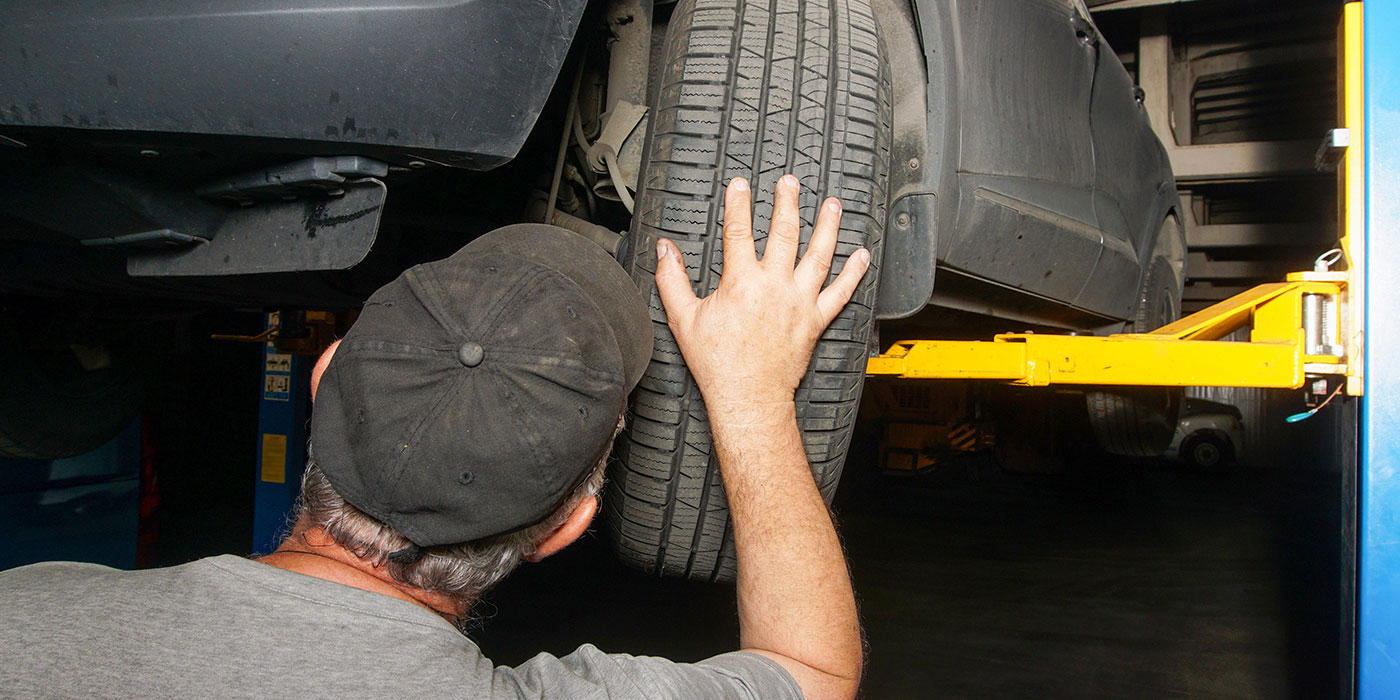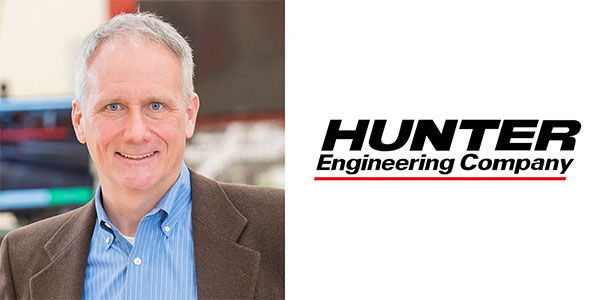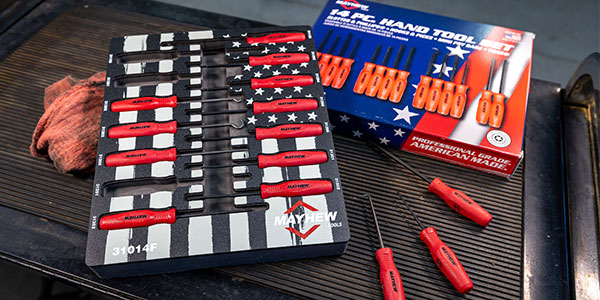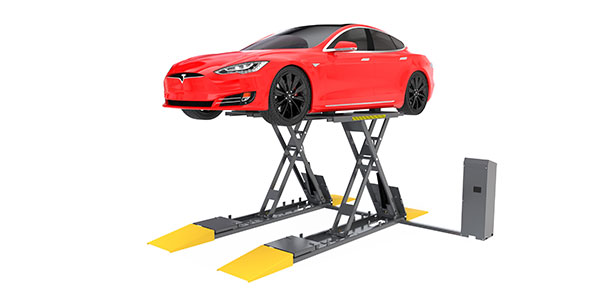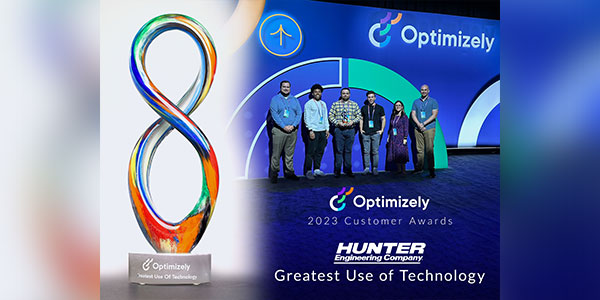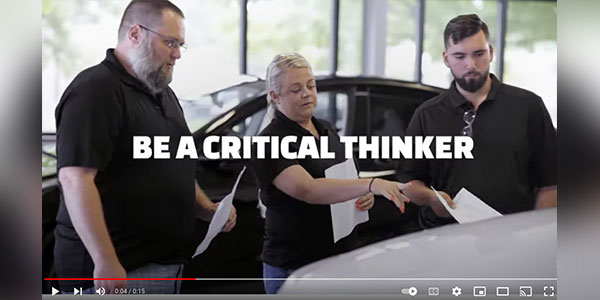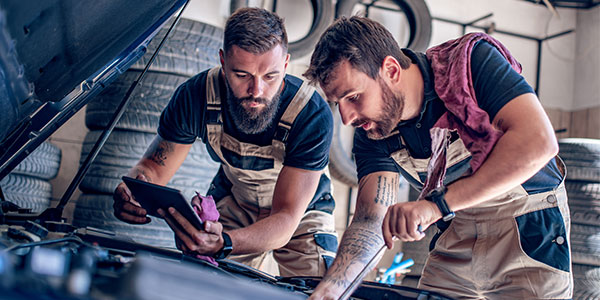In the last seven years, new vehicle gross margins have declined from 4% to 2%. If that pace continues, profit margins will be wiped out by 2025. It appears that the front-end grosses dealers enjoyed 10 or 15 years ago are never coming back.
F&I profits have made up for some of these lost profits, but this trend is not sustainable for the long-term for three reasons:
- Dealers have pretty much maxed out what they can reasonably charge customers for F&I packages.
- The same transparency that drove down new-vehicle per vehicle retail (PVR) is likely to drive down F&I PVR.
- F&I gross margins are vulnerable to rising interest rates and increased regulation.
Remaining profitable in the future requires learning how to operate a razor-and-razor-blade business model. With this business model, the manufacturers’ strategy is to sell their products (e.g. razors and printers) at zero profit and make all the money on the back end, selling razor blades and ink cartridges.
When applied to dealerships, this strategy necessitates full transparency on the price of the vehicle, with the acceptance that there will be little to no profit. Then, focus all money-making efforts on the back end, in the maintenance and servicing of that vehicle.
For dealers, this business model forces a fundamental shift in mindset and operations. Here are a few recommendations on how to make it work.
View the Customer Differently
Instead of viewing how much profit you make from each sale, you have to look at what the lifetime value of that customer is. Instead of asking, “How many cars can we sell this month?” you have to ask “How many new customers can I acquire this month, and how can we convince those customers to continue servicing with us?”
In a razor-and-razor-blade model, your goal is to keep every customer through the entire ownership lifecycle.
Move from Transaction-Based Mindset to a Relationship-Based Mindset
Dealerships were set up to optimize individual transactions instead of relationships. This has to change. Even the sale of the vehicle is split into two different transactions: the sale and F&I. Going forward, merge the sales and F&I functions. Have a product presenter and a deal manager.
In service, develop a pre- to post-warranty customer retention strategy. Dealers give up too easily as a car moves out of warranty, ceding valuable business to independent facilities.
As customers move from pre-warranty to post-warranty, buyer values start to shift. Issues of price and value matter more as they pick up more of the bill. This requires a change in the way you market to and communicate with that customer.
Change Pay Plans
The original concept of sales commissions was based on the idea that gross margin was determined by the strength of the salespersons’ ability to negotiate. Today salespeople don’t have the opportunity to influence gross margins, so why pay them on that basis?
We have to reconsider the traditional approach to 100% variable compensation and move toward a model where we’re incenting employees to bring customers back into the dealership. Variable pay plans in both sales and service encourage the wrong behavior and are thus out of alignment with an optimal customer experience.
Develop a less mercenary pay plan. Pay someone a minimal salary so they’re not dependent on individual transactions to put food on the table. Bonus your employees on metrics other than gross sales, such as repeat business and positive reviews.
In the next few years, learning how to operate a razor-and-razor-blade business model will allow dealers to continue growing profits, even as front-end profit margins go the way of the dodo bird.
Scot Eisenfelder, CEO, Affinitiv




